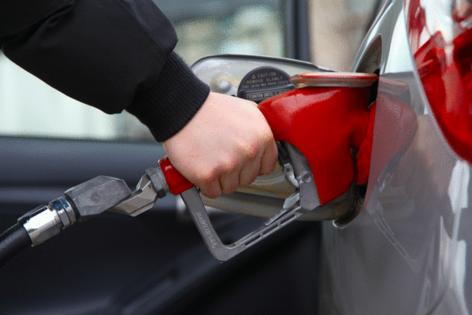Motormouth: Fuel cells?
Published in Automotive News
Q: About a century ago, the term "fuel cell" described exotic wafers that allow hydrogen and oxygen to combine across a membrane, somehow producing electricity and water. Maybe 25 years ago, the car dudes began to use the same term for a fancy gas tank. Why did the car dudes do this? What makes the gas tank version of a fuel cell different from a common gas tank? Now that there are actually fuel cell powered electric cars being developed, how will the car dudes keep things straight when they use the term? I have a son who has a master’s degree in fuel cell engineering. He doesn't like it much when folks ask him why he needed a master’s to design gas tanks!
P.D., Sonora, California
A: According to Pegasus Racing Supply: “Safety fuel cells work just like the gas tank on your street car, but they are designed to prevent spilled fuel in the event of a racing incident. (Not to be confused with hydrogen fuel cells, which are used in some electric vehicles to generate electricity.)” Racing fuel cells generally consist of three parts: The outer can or enclosure, the bladder and the foam baffling. The enclosure is made of steel or aluminum. Inside is the bladder that’s strong enough to prevent tearing. The baffling is like a sponge as the last defense to prevent the fuel from exploding. The car dudes probably came up with the name, not realizing there may be something else with the same name. For instance, there is also a Sonora in Mexico.
Q: First, thanks for writing your wonderful column. I see it every Sunday in the Syracuse Post-Standard. Here's a question for you that I imagine you have gotten before but I don't recall seeing it in the papers. Many commercial car wash locations offer some sort of spray-on wax treatment for your car. Are they effective and worth the extra cost? (I live in Upstate New York where winter salting of the roads is prodigious.)
K.G., Ithaca, New York
A: They use a liquid wax that does protect the car somewhat. It isn’t as durable as a good wax you apply under a shade tree with a cold IPA. No wax, even the newer ceramic waxes, is forever but car wash wax is better than nothing. The more the car is washed, the less wax it retains, so pay the additional cost occasionally—more often in the winter. It provides some UV protection, water repellency and makes brushing off snow lots easier.
Q: I am perplexed. I have a 2017 Nissan Rogue Sport. I have brand name tires that have less than 8,000 miles. They are inflated 35 psi as recommended. A warning sign appeared that stated there is danger because of underinflated tires. This freaked out my wife. I have switched to the screen that shows the inflation for each tire. When I start the car, the tire pressure for all tires is 32-33 psi. After driving awhile, they may show an increase to 34 psi. It is never 35psi. Is there something wrong with the computer system? What would you recommend to cure this problem?
D.H., Henderson, Nevada
A: Tires flex as they roll down the road, creating friction. This heats the air inside and the tire pressure increases. When the carmaker sets the proper cold inflation pressure, they take this into account. Cold is the operative word here. Properly inflate your tires before driving a few miles. Don’t worry. They won’t become overinflated.
©2024 Tribune Content Agency, LLC.







Comments